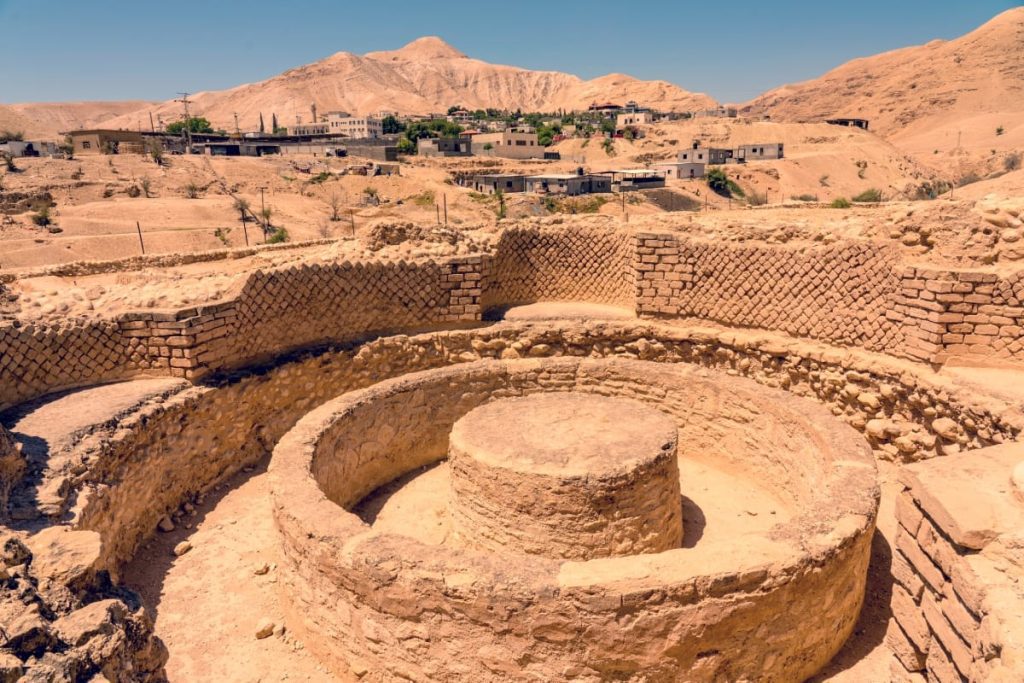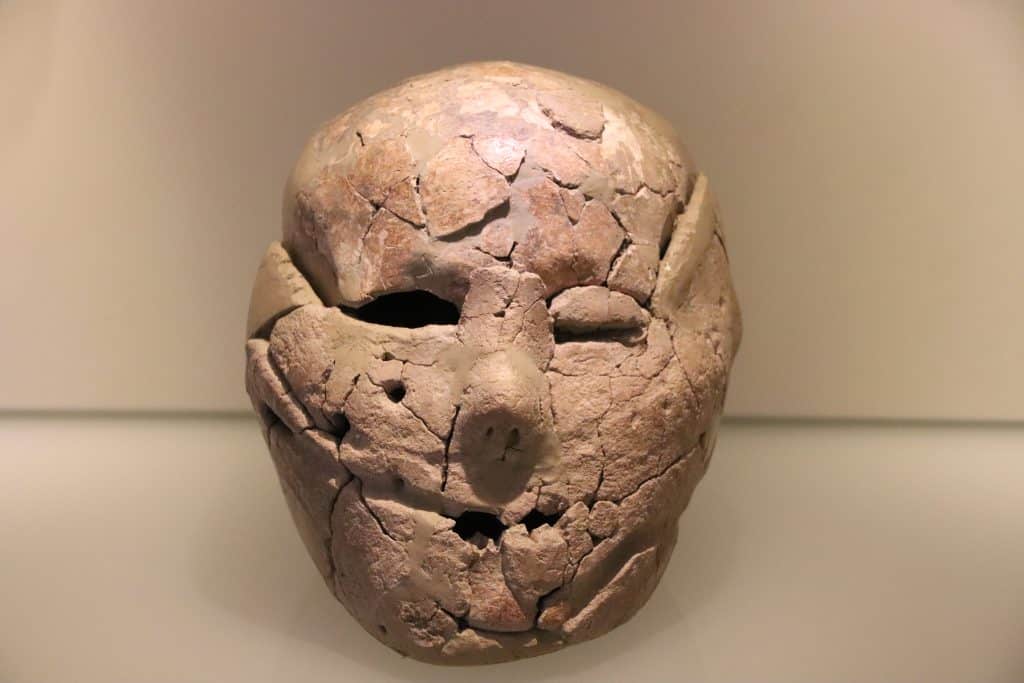The tale of the falling walls of Jericho is one of the most iconic and debated stories in religious and historical narratives. Found within the pages of the Bible’s Book of Joshua, this account details the miraculous event where the walls of the ancient Jericho supposedly collapsed due to divine intervention. However, whether this event is a historical event or a symbolic myth intrigues scholars, archaeologists, and believers alike.
Tel Es-Sultan

The Biblical Account
According to the Book of Joshua, the Israelites, led by Joshua, besieged the city of Jericho as they entered the Promised Land. The city’s walls were said to be fortified and seemingly impenetrable. Following divine instruction, the Israelites marched around the city for six days, and on the seventh day, they circled the city seven times. After blowing horns and shouting, the walls of Jericho purportedly crumbled, allowing the Israelites to conquer the city.
Historical Examination
Scholars approach this account with a mixture of historical inquiry and reverence for its spiritual significance. Some consider it a legendary tale with theological meaning, while others seek to find archaeological evidence that supports or refutes the event. However, the absence of conclusive archaeological evidence from that specific period has led to ongoing debate.
Herod's Royal Palaces in Jericho

Kathleen Kenyon Excavations
Kathleen Kenyon’s excavation of Tel Jericho, located in modern-day Palestine, unfolded between 1952 and 1958. Her work represented a pioneering archaeological methodology and stratigraphy effort, setting new standards for excavating, documenting, and interpreting ancient sites.
Bethlehem & Jericho Tour

Kenyon’s excavation of Tel Jericho also played a significant role in challenging and correcting previously held beliefs. One of the most notable findings was the absence of substantial evidence for a dramatic collapse of the city walls, as described in the biblical account. This finding sparked debates and discussions about the historicity of the events recorded in the Book of Joshua.
So, whether viewed as a historical fact or a symbolic story, the falling of the walls of Jericho holds deep spiritual meaning for many. It serves as a testament to faith, determination, and divine intervention. Furthermore, the story has inspired generations to overcome seemingly insurmountable challenges and place trust in higher powers during adversity.
The Balance Between Faith and History
The debate surrounding the falling of the walls of Jericho invites reflection on the interplay between faith, history, and cultural heritage. For some, the story’s significance lies in its spiritual teachings, illustrating the power of faith and overcoming obstacles. For others, it prompts a search for historical context and archaeological proof.

A Tale That Endures
So, whether considered a factual event or a symbolic parable, the story of the falling walls of Jericho continues to captivate the human imagination. Furthermore, its portrayal in art, literature, and popular culture attests to its enduring impact on the collective consciousness. Ultimately, the debate invites us to explore the complex relationship between historical accounts, spiritual narratives and how stories shape our understanding of the past and present. Here is a link with lots of more details about the matter!

